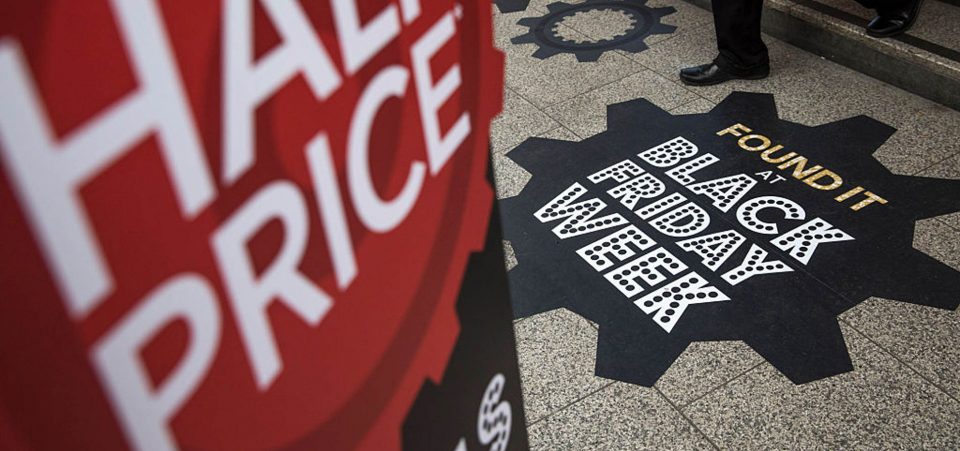Black Friday 2015 Was Tough for Fashion Retailers. Black Friday 2016 Is Not Looking Bullish Either
A recent survey conducted by SAS Market Research and Survey Sampling International on holiday shopping patterns found that consumers in the U.S. are less likely than before to do their holiday shopping during Thanksgiving and Black Friday. The popularity of online Black Friday purchases is also in doubt. (Source: “US election creates frugal mindset for holidays”, Luxury Daily, November 8, 2016.)
Only 15% of American consumers say they will shop for Christmas gifts around Thanksgiving in 2016 (Thursday, November 24). The number is significantly lower than a few years ago. In 2015, 40% of surveyed consumers planned to shop on Black Friday. This year, it’s 35%. Black Friday remains the most popular shopping day, but online Cyber Monday has been gaining. (Source: Ibid.)
Yet, Black Friday has not generated great sales. While many consumers face increased uncertainties, retailers are also suffering. Fashion retailers in particular have failed to benefit from online Black Friday or in-store Black Friday. In January 2016, major fashion retailers like Gap Inc (NYSE:GPS) reported lower sales for the 2015 holiday period—three percent down in Gap’s case. One of the few positive players was J C Penney Company Inc (NYSE:JCP).
This year, fashion retailers have pessimistic expectations. They expect to have to maintain heavy discounts from Black Friday right up to Christmas in order to keep the sales momentum. There’s little choice. Some retailers were hoping to limit the number and generosity of Black Friday sales. The problem is rather basic. The higher cost of living (inflation) for many people and intense competition will force retailers to adopt aggressive online and in-store sales. (Source: “Pre-Christmas discounts loom over fashion retailers,” Drapers, October 26, 2016.)
Fashion retailers, which face especially intense competition, have no choice but to keep the Black Friday sale prices until Christmas. Surveys suggest that most consumers expect to pay no more than 76% of the full price. Judging by 2015, the 2016 holiday season for fashion retailers, regardless of Black Friday, looks gloomy. “I think Christmas will be very similar to last year – and last year was pretty bad.” (Source: Ibid.)
Black Friday falls on the Friday after Thanksgiving (the fourth Friday in November). It originated in the United States. The expression appeared in the 1960s, it is thought, when the Philadelphia police force was surprised by the high numbers of pedestrians and motorists heading into shops.
Another explanation comes from the black ink that retailers use to note their profits in accounting ledgers—as opposed to the red ink intended for losses. Black Friday used to be a guarantee of profits. Last year, many retailers would more readily have called it “Red Friday” than Black. The jury is still out for 2016, but the pessimists have reason to be skeptical.






